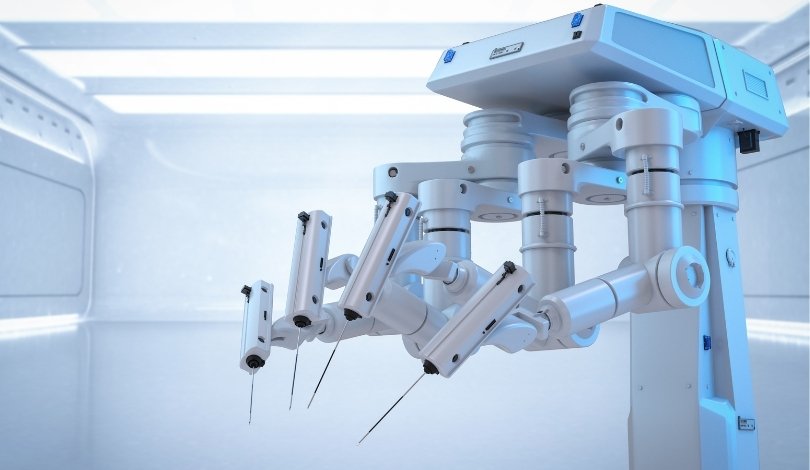Warehouse operators seeking greater efficiency and flexibility may soon find new options in AutoStore’s latest ASRS feature line-up. The company has expanded its product portfolio to address direct feedback from industry stakeholders, focusing on automation and diverse storage needs. As global order fulfillment grows more complex, AutoStore’s enhancements target critical challenges for multi-sector users handling everything from dry goods to temperature-controlled items. These updates aim to minimize operational disruptions and extend the use cases for automated systems, while offering practical implementation benefits for facilities planning upgrades or new installations. Observers anticipate that these developments will influence procurement strategies in logistics, retail, healthcare, and beyond.
Other coverage over the years has emphasized AutoStore’s steady growth in automated storage and retrieval solutions, typically focusing on its Red Line robots and grid technology for bin storage. Previous feature rollouts have responded to density, picking speed, or modularity, but the current update more explicitly combines end-user consultation outcomes into tangible system enhancements. By integrating case handling and temperature-specific solutions, AutoStore’s response signals a broader emphasis on industry-specific needs compared to past, more generic upgrades.
How Do AutoCase and FlexBins Address Key Pain Points?
AutoCase is positioned as a solution for automating the intake and extraction of full cases, which can streamline operations for sites managing high volumes or a mix of bulk and individual picking. Parth Joshi, chief product officer at AutoStore, described this development, stating,
“What we’re adding to the mix is the ability to automatically induct, extract, and store full cases into the same AutoStore system. These are new technologies.”
FlexBins, meanwhile, allow a mix of bin sizes within the same storage grid, letting facilities diversify SKU storage and better utilize space—features sought after by clients across retail, industrial, and e-commerce sectors.
How Does AutoStore Expand Temperature-Controlled Capabilities?
The new Frozen-Only Grid supports facilities requiring strict cold storage, particularly for groceries and pharmaceuticals. This system isolates frozen goods in dedicated grid segments, balancing energy efficiency with safety measures. Joshi explained the company’s approach, saying,
“We’ve been able to update our technology, the way the bots work, and how the thermodynamics work within the system, to be able to support a frozen-only solution.”
This development builds on AutoStore’s existing Multi-Temperature systems and reflects increased demand for specialized storage environments in automated warehouses.
What Are the Deployment and Maintenance Improvements?
Alongside new warehouse functionalities, AutoStore has targeted easier ASRS deployment by introducing technologies to address fire safety, floor flatness, and streamlined software updates. Reducing the need for costly floor work and simplifying software installations are priorities, with the CubeDeploy installer and revised sprinkler design cited as potential cost- and time-savers for clients. These tools are expected to enable faster installations and lower initial investments, making automation more accessible to a broader range of facilities.
AutoStore’s stated long-term direction continues to revolve around optimizing current systems, expanding functions, supporting adjacent processes like full-case handling, and investing in software improvements. The seven new features represent a convergence of customer input and operational research, signaling a deliberate effort to stay relevant in a rapidly evolving logistics landscape or for customers poised to expand automated workflows. As automation grows in prominence, practical tools like more adaptive storage grids, easier system installations, and case-specific configuration may hold greater value for decision-makers assessing investments. For supply chain professionals, monitoring the roll-out and performance of these tools could inform how best to automate varied storage tasks and scale efficiently in the years ahead.










